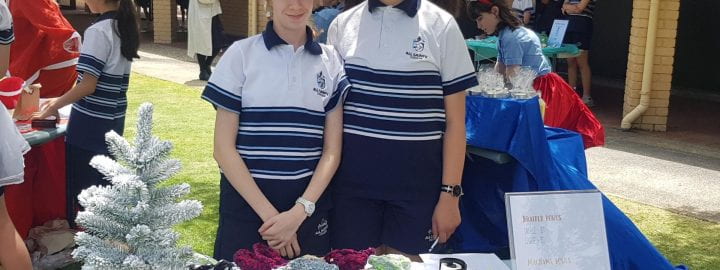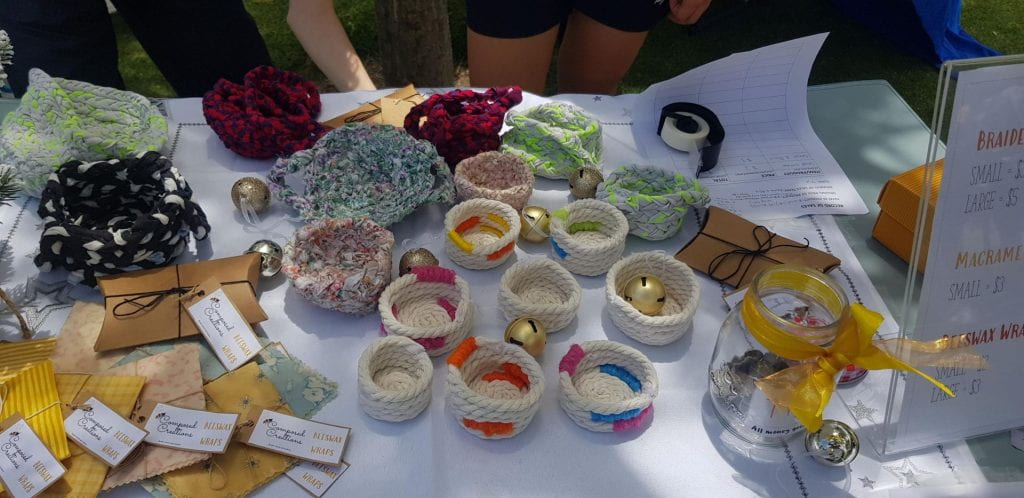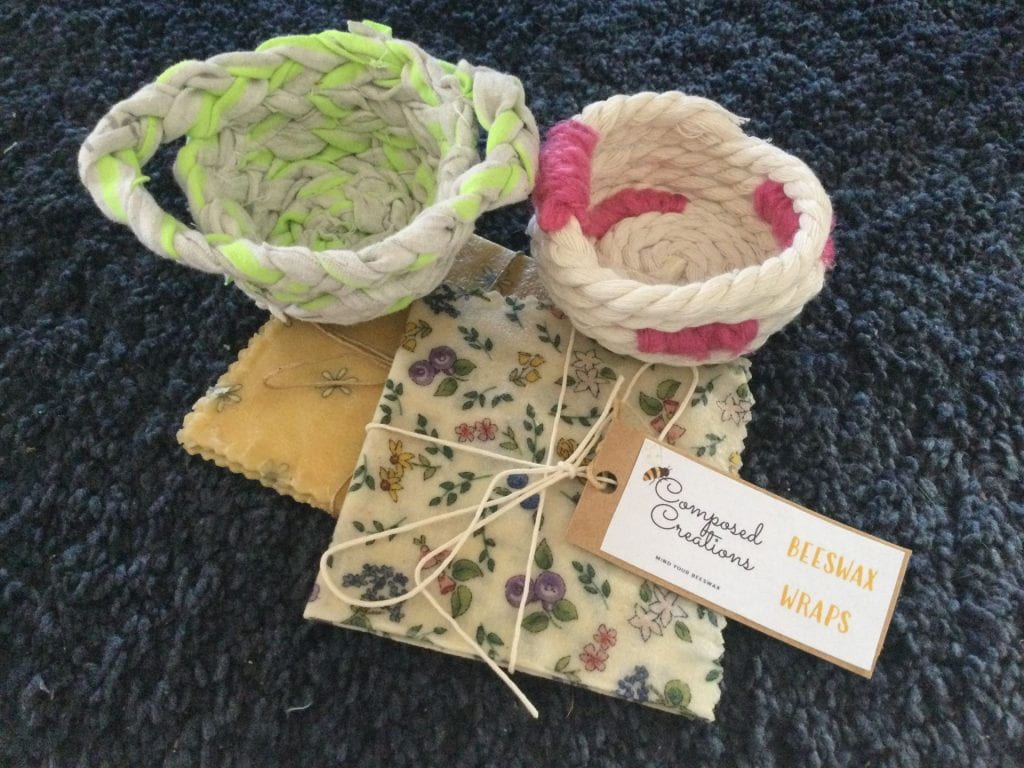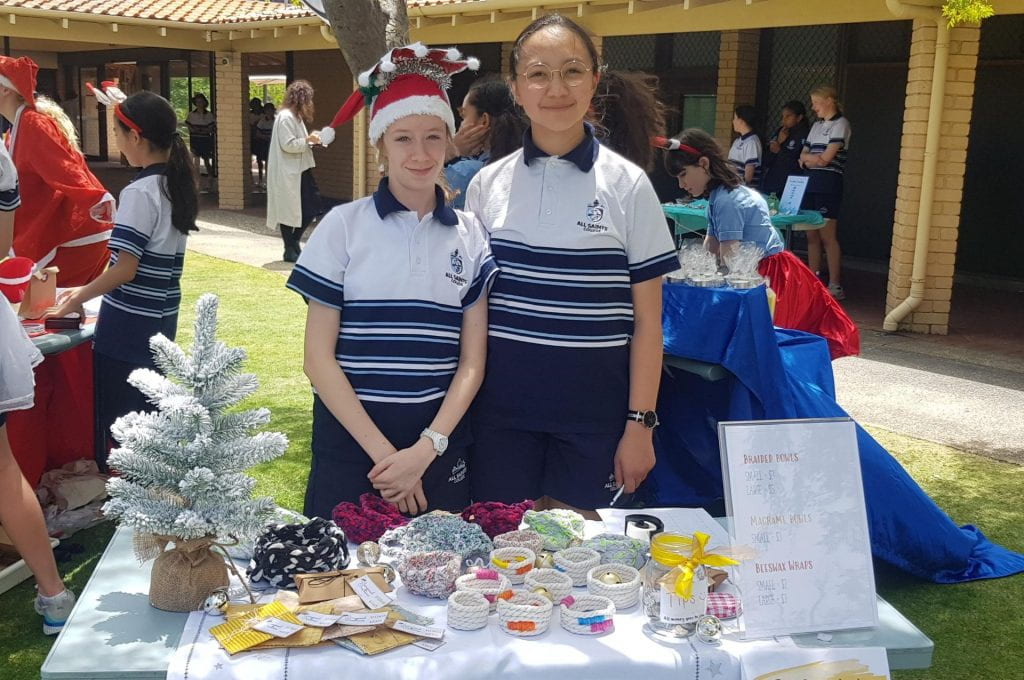This semester in InnovatEd, we did a project where we went to RAAFA and showed various types of technology to the elderly people living there.
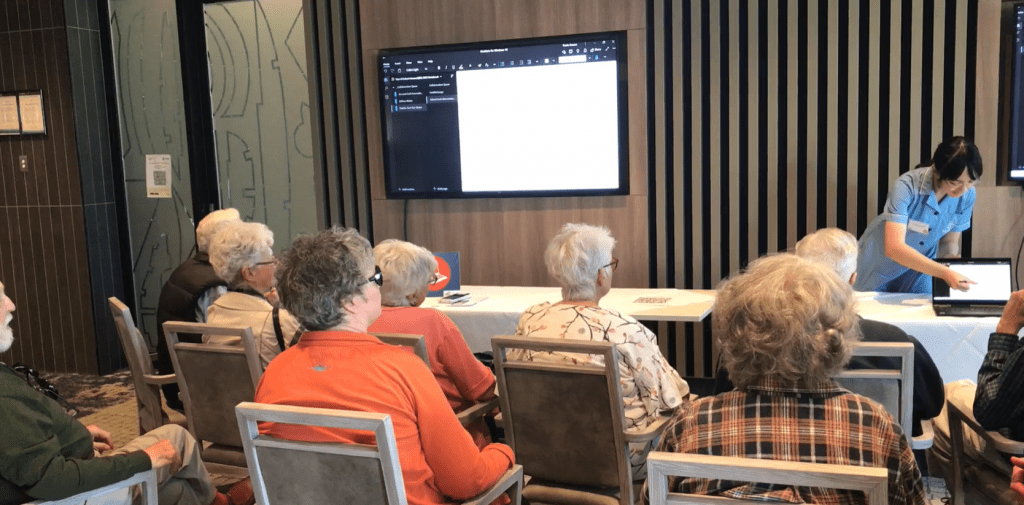
At the beginning of the project, we came together and discussed ways in which we could show the elderly technology, and came up with different ideas for what kind of technology we could show them. We had to come up with technology that they wouldn’t already know about and that they would find interesting, as well as displaying it in a way that they would understand.
Some of the ideas we came up with were communication and social media services, technology features and accessibility, school technology, useful applications, new technology such as drones and VR, applications for entertainment, AI, and security. We also decided that we would have tour guides showing the people around to different stations.
In the end, we removed some categories to focus on others. My focus was school technology, which was technology that we use in school today. I showed the Classpad, Teams, and OneNote.

Before the Tech Fair, twice we met with a man working there, who discussed with us the elderly people’s knowledge of technology and showed us where the fair would be held so that we would be able to plan a setup for it, as we would need to know where screens and power points were.
For the actual fair, I was originally going to show the actual physical Classpad and demonstrate with that, however, we could not find a good way to display it as there were no suitable cameras, as the Classpad screen would reflect the surroundings and significantly decrease the visibility of what was being shown. In the end, I had to use the virtual Classpad, and display it on one of the large screens. This meant that the elderly people were able to take a look at the physical Classpad while I demonstrated.
Some of the college capabilities that I had to use included problem solving (such as when I was trying to find out how to display the Classpad), collaboration (by working with our peers to come up with ideas for the fair), and organisation (to organise the things such as what we would need for the fair and how we would complete all of the tasks. We did this using an online program called Trello, on which we made a SCRUM).
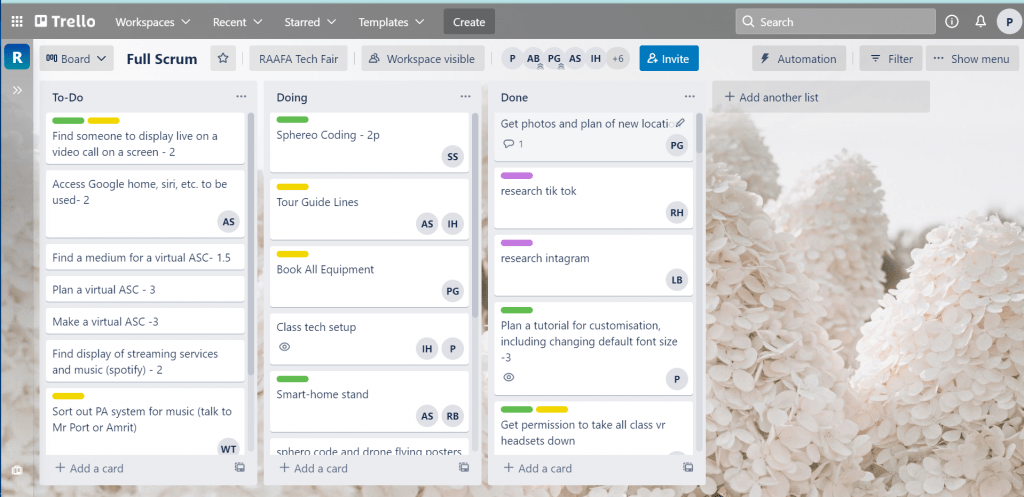
In the end, the fair went very well, and the people were very intrigued by the technology that we use at school. They were especially surprised by the Classpad, as, by using it, it was very easy to get answers, and they thought that it was like cheating. They were entertained by the fair and enjoyed using the technology.
